Do you need a formula for hand-brewing coffee? How to calculate the extraction rate by the theoretical Formula of Coffee Gold Cup extraction
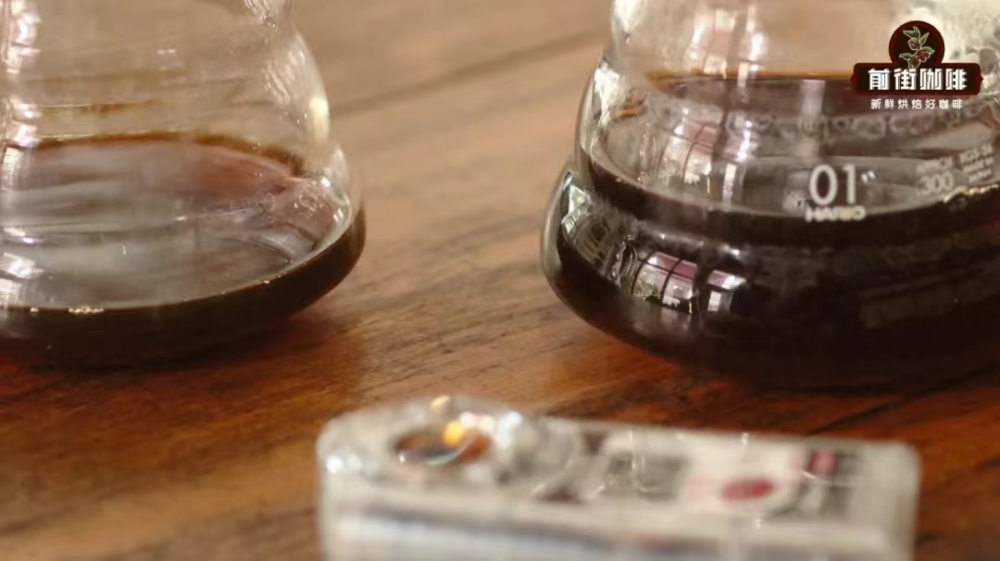
In the past, whether the coffee was good or not mainly depended on experience. If you want to learn how to make coffee, you often have to accumulate a lot of experience before you realize it. With the gradual improvement of coffee extraction theory, coffee making has gradually changed from metaphysics to science.
The understanding of coffee extraction is better than the gold cup extraction criterion. For now, of course, version 1.0 is not applicable to reality, and SCA is also working on version 2.0. Before version 2.0 comes out, Qianjie will share with you the knowledge of Golden Cup extraction version 1.0.
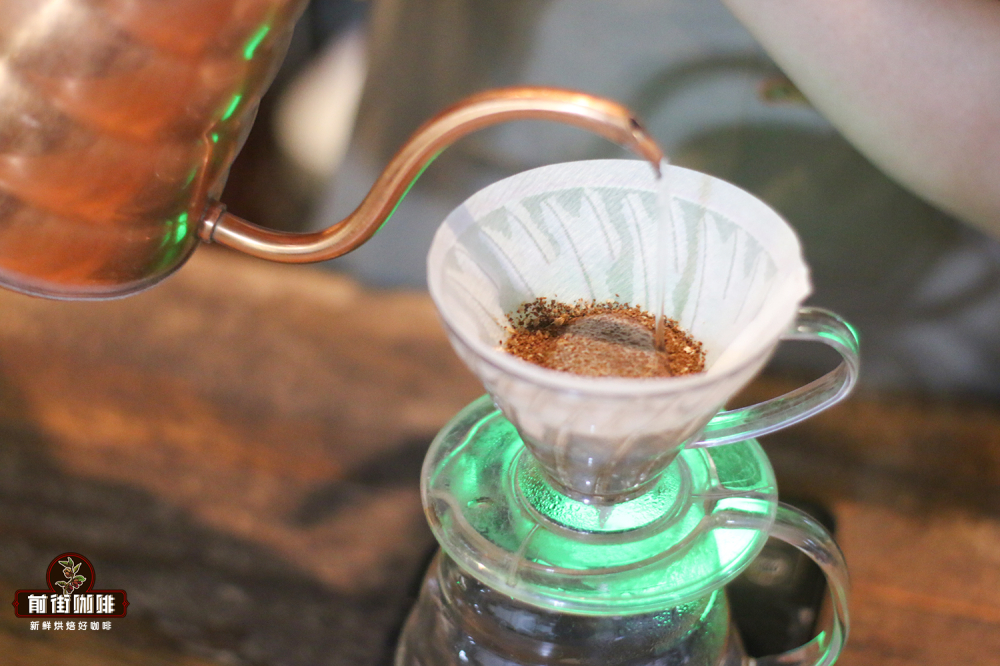
The birth of Golden Cup Criterion
In the 1950s, the National Coffee Association (NCA) hired Lockhart, PhD in chemistry from the Massachusetts Institute of Technology, to do scientific research on coffee. Lockhart found that the substances that can be extracted from coffee beans account for 30% of the weight of beans, and the remaining 70% are insoluble solid fibers. He also found that determining whether a cup of coffee tastes good depends on the rate of coffee extraction and the concentration of the coffee liquid (TDS).
From 1952 to 1960, Lockhart conducted a sample survey of people in the United States and concluded that the American people's preference for coffee was 17.5%, 21.2%, 1.04%, 1.39%, respectively, which is the embryonic form of the American golden cup standard.
Since then, Lockhart's team worked with the US Midwest Research Center to study the data and expert cup tests, and concluded that the best extraction range for coffee was an extraction rate of 18% Mel 22% and a concentration of 1.15% Rue 1.35%. This became the gold cup extraction theory of the American boutique coffee association SCAA and the merged SCA.
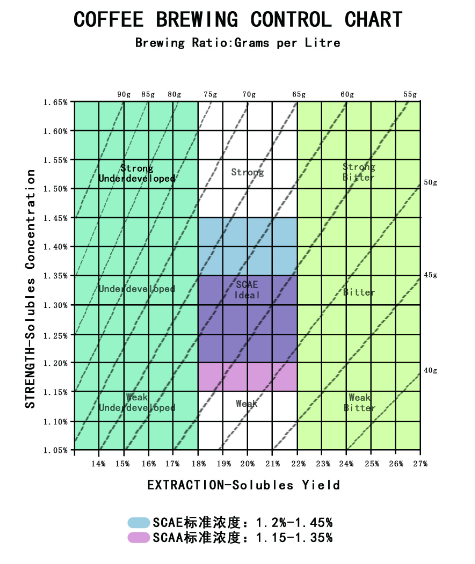
Of course, at present, one of the terms of extraction rate and concentration is not in the range of gold cup, so it is not meaningful to discuss the range of gold cup now, but the formula for calculating the extraction rate and concentration is still applicable.
How to calculate the extraction rate of coffee?
The extraction rate of coffee refers to how much coffee is released from the coffee bean (powder) after brewing. In this case, we can use the traditional method to simply calculate the extraction rate of coffee (which is a little time-consuming)!
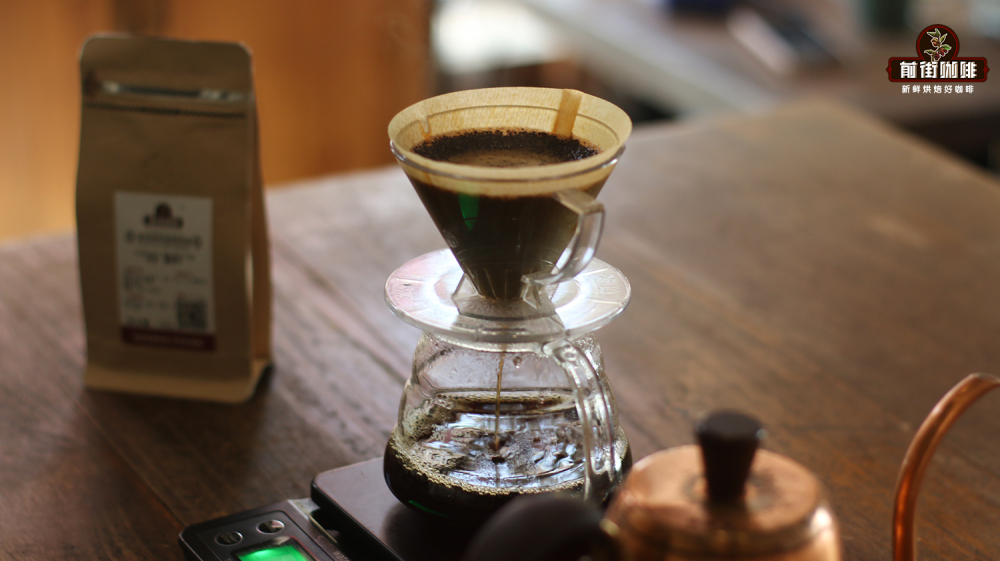
Now that we know that the coffee powder will dissolve the coffee substance when it comes into contact with water, that is, the weight of the dissolved substance is equal to the weight lost by the coffee bean (powder), then we only need to dry the brewed coffee powder and weigh it. Then the weight less than the original coffee bean (powder) is the weight of the extracted coffee substance, so:
Weight of extracted coffee matter / weight of raw coffee bean (powder) = extraction rate
Take a chestnut: if you use 15 grams of coffee powder to brew, and then dry the coffee grounds until completely dry, and then weigh 12.3 grams, then the weight of the substance soluble in water is 2.7 grams. Then the extraction rate of this cup of coffee is 2.7 / 150.18 (18%).
However, the disadvantages of this method are also very obvious. first, it takes a long time, and the second is the low accuracy of data, which highlights the degree of loss and the fine degree of weighing in the coffee grounds drying process. Most common electronic scales can be as fine as 0.1 grams. The error of 0.1 grams will cause an extraction rate error of 0.7%.
Therefore, the extraction rate calculation method that we often use at present is related to the concentration of coffee. Of course, to use this method, you must first have an instrument to detect the concentration (TDS detector)!
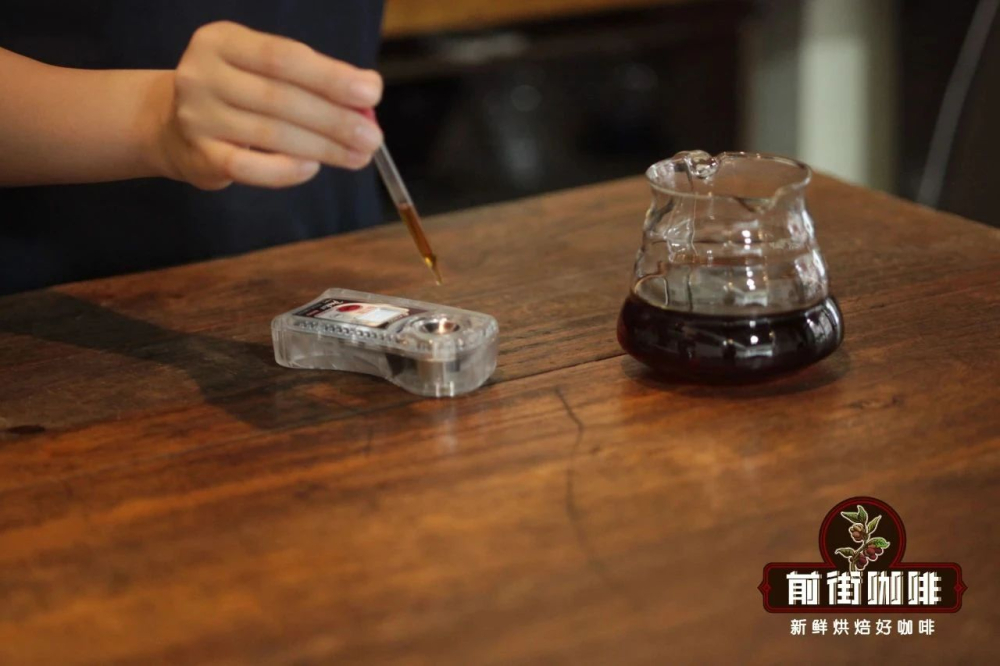
First of all, let's find out what the concentration and extraction rate represent respectively.
[concentration] indicates the proportion of "extracted coffee substance" to the total coffee liquid in a cup of coffee.
[extraction rate] indicates the proportion of "extracted coffee substance" to the total weight of coffee beans.
(one main body is coffee liquid, the other is coffee beans or coffee powder)
According to these conditions, we know that:
Coffee solution concentration = weight of extracted coffee substance / weight of coffee liquid
Coffee extraction rate = weight of coffee extracted / weight of coffee bean (powder)
Then combining the above formula, the formula for calculating the extraction rate of coffee is as follows:
Coffee extraction rate = coffee solution concentration × coffee liquid weight / coffee bean (powder) weight
Through the concentration meter, we can easily know the concentration of coffee liquid, so we can easily calculate the extraction rate of coffee. However, it should be noted that drip coffee because the coffee powder itself will absorb twice as much water, so
Coffee liquid weight = water injection-2 × coffee bean (powder) weight
Professional coffee knowledge exchange more coffee bean information please follow the coffee workshop (Wechat official account cafe_style) more boutique coffee beans please add private Wechat Qianjie coffee, WeChat: qjcoffeex
Important Notice :
前街咖啡 FrontStreet Coffee has moved to new addredd:
FrontStreet Coffee Address: 315,Donghua East Road,GuangZhou
Tel:020 38364473
- Prev
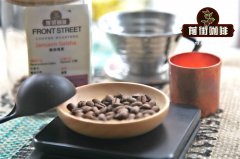
[coffee fermentation] how coffee bean fermentation affects the quality of coffee beans
Professional coffee knowledge exchange more coffee bean information please follow the coffee workshop (Wechat official account cafe_style) what is fermentation? Let's review the content of high school biology class: fermentation is a chemical reaction. Yeast, bacteria and other microbes break down one substance into other simpler substances. Usually, the substance to be decomposed is sugar. In the process, there will be heat.
- Next
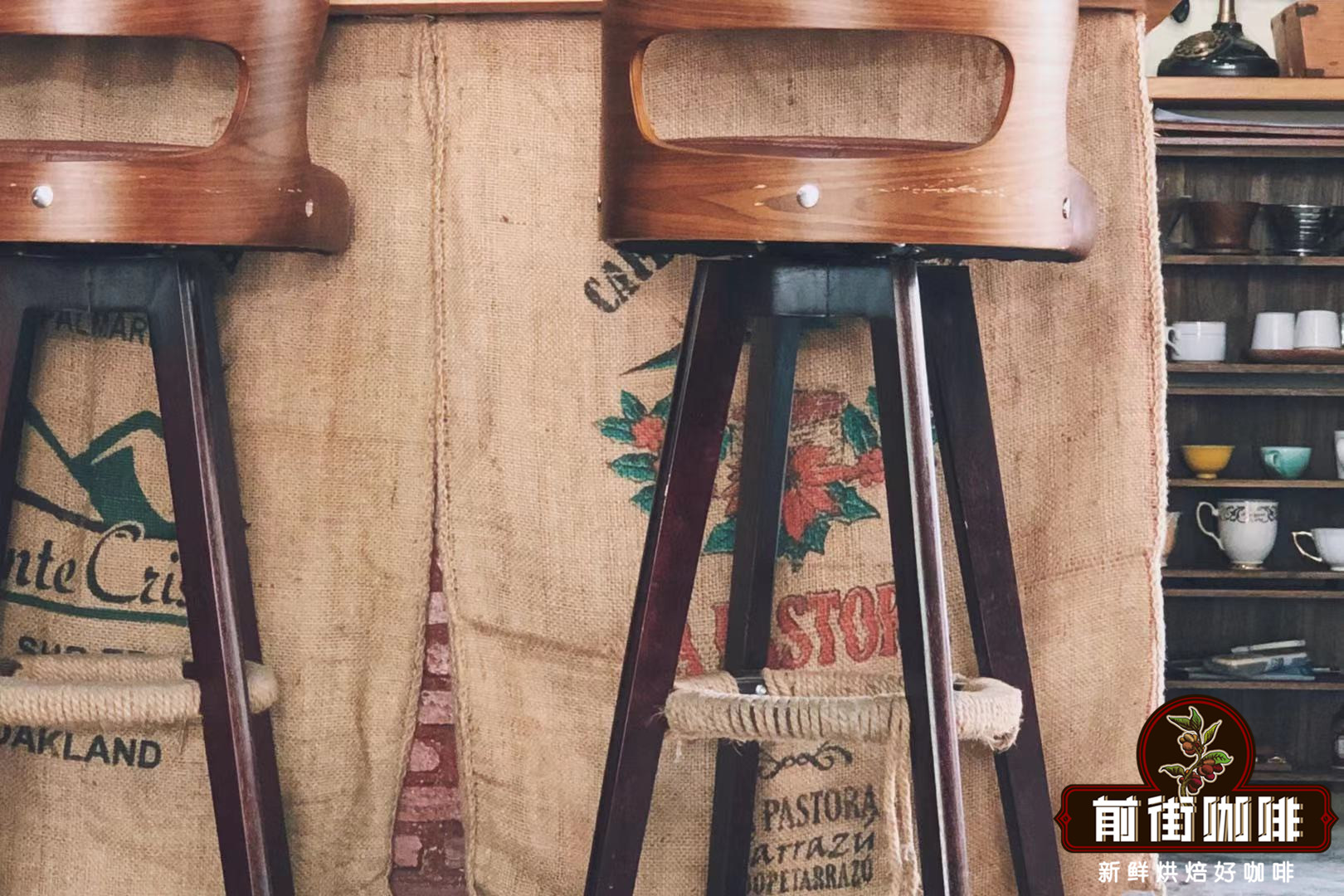
The difference between shallow roasting and moderate roasting of coffee beans detailed description of the roasting degree of high-quality coffee beans
Professional coffee knowledge exchange more coffee bean information please follow the coffee workshop (Wechat official account cafe_style) talk about the roasting degree of coffee beans, the difference between deep roasting and medium roasting? Among the factors affecting the taste of a cup of coffee with different roasting degrees, raw beans account for 60%, roasting accounts for 30%, and extraction accounts for 10%. Good roasting can maximize the personality of raw beans.
Related
- Beginners will see the "Coffee pull flower" guide!
- What is the difference between ice blog purified milk and ordinary milk coffee?
- Why is the Philippines the largest producer of crops in Liberia?
- For coffee extraction, should the fine powder be retained?
- How does extracted espresso fill pressed powder? How much strength does it take to press the powder?
- How to make jasmine cold extract coffee? Is the jasmine + latte good?
- Will this little toy really make the coffee taste better? How does Lily Drip affect coffee extraction?
- Will the action of slapping the filter cup also affect coffee extraction?
- What's the difference between powder-to-water ratio and powder-to-liquid ratio?
- What is the Ethiopian local species? What does it have to do with Heirloom native species?

